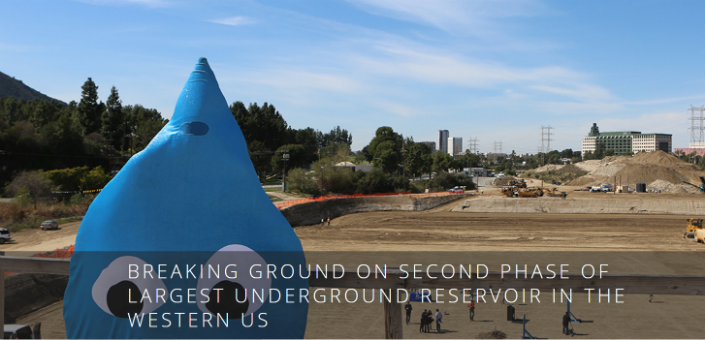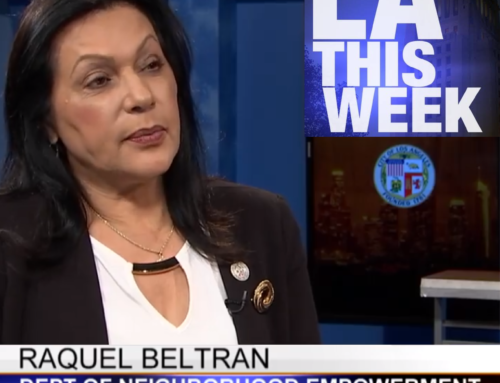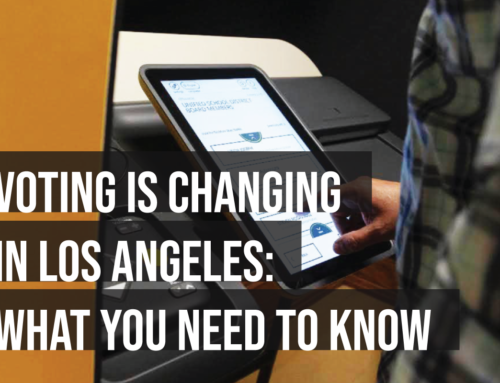BREAKING GROUND ON SECOND PHASE OF LARGEST UNDERGROUND RESERVOIR IN THE WESTERN US–
Mayor Eric Garcetti joined the Los Angeles Department of Water and Power (LADWP) and state water quality officials to break ground on the second phase of the Headworks Underground Reservoir project. Once complete, the $230 million, 110 million-gallon storage facility will be the largest underground reservoir in the Western United States.
“The time to invest in the next generation of water infrastructure is now — and we are seizing the moment,” said Mayor Garcetti. “Our City needs to make sure that there is water for future generations. We must create more local storage, and I am proud to say that we are putting shovel to dirt on this landmark project.”
The new reservoir, located between the 134 and 5 freeways near Griffith Park, will replace the storage once provided by the Silver Lake and Ivanhoe reservoirs. Its cutting-edge technology and design will significantly improve LADWP’s ability to manage the quality and reliability of the water stored there.
The groundbreaking comes as LADWP, with the support of Mayor Garcetti, is asking the L.A. City Council to approve a rate increase that will enable the utility to continue investing in critical infrastructure.
“This project is an example of the many infrastructure improvements we are undertaking throughout the city in order to continue providing our customers with reliable, quality water well into the future,” said LADWP General Manager Marcie Edwards. “It is one of the vital components in our efforts to replace aging infrastructure, meet our regulatory obligations to ensure the finest drinking water for our customers, and ensure the reliability of our water service.”
The new reservoir, Headworks West, is the second phase of the broader Headworks Reservoir project — which will enable the City to move water from the Silver Lake and Ivanhoe reservoirs, and meet critical state and federal water quality compliance deadlines.
Once Headworks West is completed in 2018, both concrete structures will be buried under two to three feet of soil and native vegetation, and the site will incorporate seamlessly into the L.A. River revitalization.






